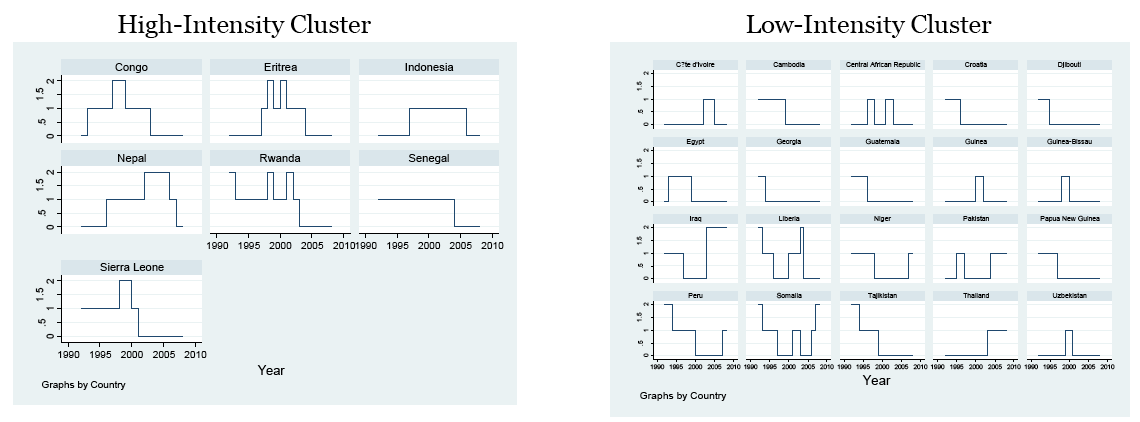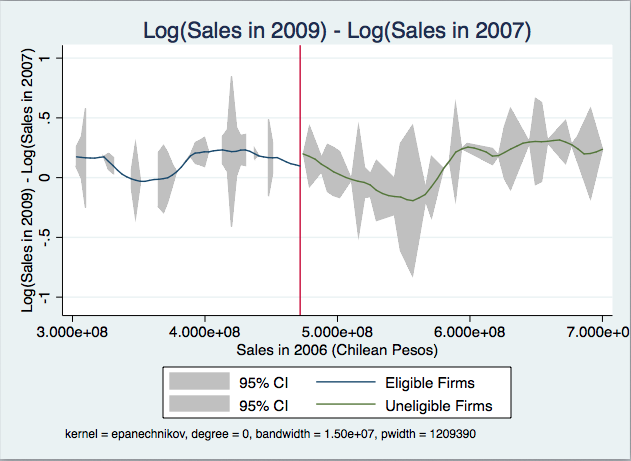Editor’s note: The following post was written by Barcelona GSE alumnus Guillem Roig (Competition and Market Regulation ’08). Guillem is currently a PhD student at the Toulouse School of Economics in France.
Competition and the Hold-Up Problem: a Setting with Non-exclusive Contracts
The paper
Why some of us do not spend the desired time and resources to nurture and improve the relationship with our parents, friends or business partners? Because once the time and resources are spent, we are afraid of possible opportunistic behavior. Economists frame opportunistic behavior in simple trading relationships where a buyer and seller are able to undertake specific investment into the exchanged good. Fisher Body, a manufacturer of body cars, refused to locate their body plants adjacent to General Motors assembly plans, a move that was necessary for production efficiency.
To fight opportunistic behavior we cannot rely on “good faith” alone, but we need to establish institutions to reduce its occurrence. Many modern societies have written laws, neutral courts of justice and arranged reasonable rules to resolve disputes. Yet, what happens when a sound and solid institutional system does not exists? In this paper, I consider situations where investment contracts cannot be enforced and I explore how the introduction of competition among the sellers of an homogeneous good gives the right incentives to undertake profitable specific investment.
In these types of models, the equilibrium payoff of the sellers is a measure of their indispensability, which directly depends on the outside option available to the buyer. The trading partners invest efficiently only when the trading outcome is the most competitive. When competition is the most severe, investments do not effect the outside option of the buyer and each seller appropriates his marginal contribution of the trading surplus. Any other equilibrium gives the seller incentives to over-invest. Sellers’ investments not only generate larger trading surpluses but also reduce the outside option of the buyer. The asymmetric partition of the trading surplus generates investment inefficiencies.
In a related article, I study how the configuration of the market structure is affected by the way an endogenous number of suppliers compete in the market. With non-exclusive trade and a common buyer undertaking cooperative investment, I obtain a direct link between the level of competition and investment that affects the market structure of the supply side of the market. Trading outcomes that are more competitive are associated with a larger and more homogeneous distribution of investment among active suppliers, and an equilibrium with no investment might occur in trading outcomes that are less competitive. Buyer’s investment works as a mechanism to incentivize competition and this becomes more effective the more competitive the trading outcome is. The paper gives a theoretical insight for the coexistence of first with second tier suppliers and predicts situations where investment does not materialize.
Download the full working paper [pdf]
The process
I started this project in September 2012, after a short visit at the University of Arizona where I meet a group of law academics working on the design of trading contracts. I soon became interested in topics of contract theory and organization design and researched in the area of transaction cost economics.
The upturn of the project came in May 2013 when I benefited from an ENTER exchange program at the Universitat Autònoma de Barcelona. I presented my work in a series of seminars and the suggestions of Prof. Inés Macho and David Pérez Castrillo were invaluable at that stage of the project. I dismissed the design of complex trading contracts and I went back to basics. I concentrated on framing the problem of transaction costs without any established formal institution.
In my model, I never talk about investment contingent contracts or contract enforceability, I only allow for the interaction of economic agents in the market. In many situations, we might not need a complex and sophisticated institutional framework but we just must allow “the invisible hand” to function.
The working paper series of the Toulouse School of Economics are free and accessible online, so for further information please check out my articles here!



